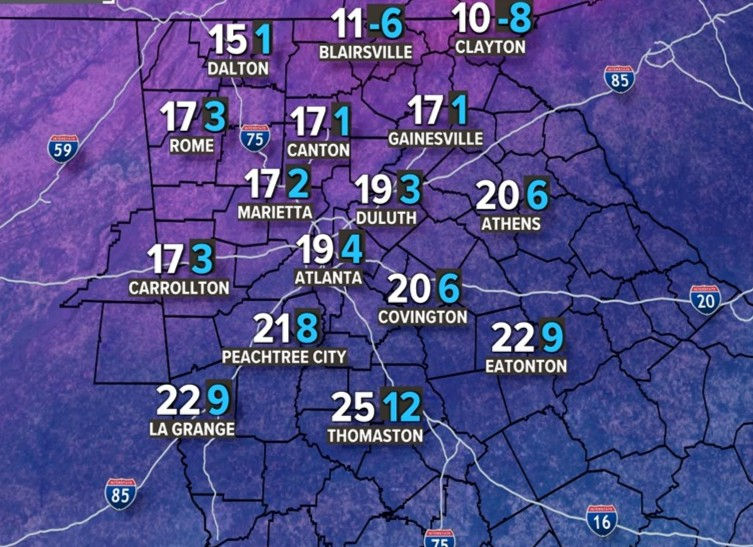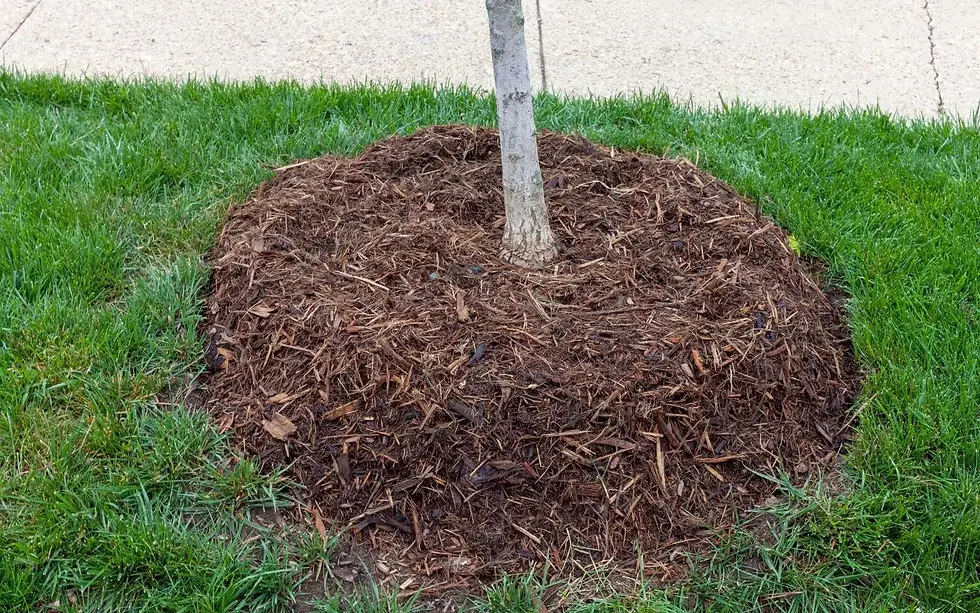Standing Strong in the Cold: How to Protect Your Trees During Deep-Freezing Winters
- The Tree Experts

- Nov 11
- 3 min read

The temperatures have dropped sharply over the past few days here in Georgia, with crisp mornings and near-freezing nights signaling that winter is settling in fast. These sudden cold snaps can have a serious impact on trees especially younger or newly planted ones.
Deep-freeze winters can be brutal on trees not just the dramatic branch breaks you see after an ice storm, but slow, invisible damage: roots that freeze, trunks that crack from sunscald, evergreens that dry out (winter burn), and young trees that never get the chance to harden off. A little planning and seasonal care prevent most of this. Below are practical, research-backed steps you can take before and during bitter cold to keep both young and mature trees healthy all winter long.

Protecting Roots: Mulch, Moisture, and Soil Stability
Start with roots and soil. A 3-to-4-inch ring of organic mulch laid as a “donut” around the base keeps soil temperatures steadier, reduces frost heaving on newly planted trees, and conserves moisture but keep mulch pulled a few inches from the trunk to avoid rot and rodents. If fall has been dry, soak the root zone deeply before the ground freezes; well-hydrated roots resist winter stress and reduce freeze-thaw damage. These practices are recommended by university extension services and winter-protection fact sheets.
Protect foliage and prevent winter desiccation (especially for evergreens). Evergreens lose water through their needles in winter but can’t replace it if the ground is frozen; this causes “winter burn.” Anti-desiccant sprays create a temporary waxy coating to slow transpiration and are recommended for susceptible broadleaf and some coniferous shrubs when applied correctly (timing and temperature matter). Also choose cold-hardy species and plant them in sheltered microclimates when possible. University guidance and extension publications outline which species benefit from sprays and how weather affects application windows.
Shielding Bark: Guarding Against Sunscald and Frost
Shield trunks and tender bark from sunscald and frost cracks. Thin-barked species and young trees are prone to daytime sun warming and nighttime freezing that lead to bark splitting; the fix is simple and low-cost: use white tree guards or breathable tree wrap (apply in fall, remove after the last spring frost) or paint trunks with diluted white latex paint to reflect sunlight. Wrapping also helps deter rodent damage. Avoid dark wraps that absorb heat and never leave wraps on year-round (they can trap moisture and invite pests). Extension offices provide step-by-step wrapping guidance and timelines.

Deal carefully with snow and ice — don’t make things worse. For shrubs and small trees, gently sweep accumulated snow off branches using a broom and an upward motion (start at the bottom) to reduce load; never beat or violently shake ice-covered branches (that causes breakage). For heavy ice on large trees, the safest choice is usually to let ice melt naturally or call a professional; spraying with water or pounding branches risks more damage. If branches bend rather than break, you can sometimes prop them up until they recover. These are the recommendations from state extension services after decades of field experience.
Snow, Ice, and Pruning: Handling Winter’s Harshest Challenges
Finally, time your winter pruning and emergency fixes correctly. Routine pruning is best done in late winter to early spring while trees are dormant — this minimizes pest and disease issues and lets you see branch structure clearly — but don’t prune evergreens heavily in midwinter when loss of foliage increases desiccation risk. Leave emergency pruning (hazardous limbs) to professionals if the tree is large or the work is dangerous. Extension pruning guides explain which cuts to make, when, and how much to remove so you don’t weaken the tree before the growing season.

Winter is a season where a small amount of preventative work returns big rewards: mulch and water roots before the freeze, protect trunks and vulnerable foliage, remove snow gently, and prune at the right time. Use local extension resources for species-specific advice (they’ll tell you if anti-desiccant sprays are appropriate for your plants, exactly when to wrap and unwrap, and which cultivars are hardiest in your region). When in doubt after a severe storm or if a large limb is hanging, call a certified arborist rather than risk injury or further tree damage. Your trees will look strong and healthy come spring with healthier growth and fewer surprises.
At Canopy Keepers Tree Care LLC, our professional expertise is essential for safeguarding your trees from freezing temperatures, ice damage, and winter stress. Don’t wait until it’s too late let our certified experts inspect, wrap, and prepare your trees for the harsh months ahead.
Call Canopy Keepers Tree Care LLC today to schedule your winter tree protection service and keep your landscape strong and healthy all season long!





Comments